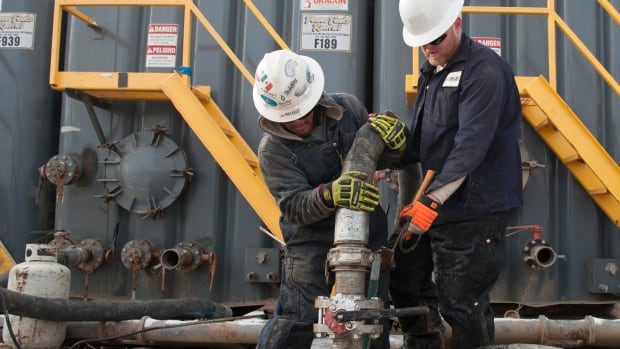Significant back-to-back earthquakes in northern B.C. ‘very likely’ caused by fracking: federal expert
Two significant earthquakes within a week in northeast B.C. were probably triggered by hydraulic fracturing, or fracking, according to preliminary information from federal scientists.
On Nov. 11, Earthquakes Canada reported a 4.7-magnitude earthquake, 132 kilometres northwest of Fort St. John.
That was followed four days later by a 4.6-magnitude quake recorded just a kilometre away from the first seismic event.
“There is an active hydraulic fracturing operation nearby,” said Prof. Honn Kao, a research scientist with the Geological Survey of Canada. “The likelihood of these two events being induced by industry is very high.”
Earthquakes Canada said while the tremors were “lightly felt in the surrounding area,” there were no reports of damage.
Fracking involves injecting fluids into a deep well under high pressure to fracture tight rock formations and release the natural gas inside.
According to the B.C. Oil and Gas Commission (BCOGC), the province’s energy regulator, fracking in B.C. takes place deeper underground than it does in other areas of the world — sometimes more than four kilometres beneath the surface.
In an email to CBC News, the BCOGC said all drilling in the Montney formation near Fort St John B.C., “has or will eventually involve hydraulic fracturing operations.”
According to information on the BCOGC’s website, “microseismic events” occur when fluid fractures the rock.
“In some cases, where there is a susceptible pre-existing fault, slippage on the fault plane can occur,” it says.
While the vast majority of fracking operations don’t trigger earthquakes,the practice has been linked to most of the larger seismic events in Alberta and northeastern B.C. over the past decade.
Kao said the time and location of fracking operations fit the frame of the November earthquakes. He said additional data from the drilling company would help determine a “definite causal relationship.”
In a written statement, a BCOGC spokesperson told CBC News that Petronas, the company fracking in the remote area on Nov. 11 “immediately suspended operations” after the first earthquake, but later resumed activity.
“Both the Nov. 11 and Nov.15 events were determined to be related to oil and gas activity involving active fracturing operations,” said the oil and gas commission.
Kao said the November earthquakes were not large enough to damage critical infrastructure or affect local communities, but were significantly larger and closer together than other quakes triggered by fracking in the region.
“It certainly should be considered significant because, with a 4.6 or 4.7 earthquake, we’re essentially reaching the upper limit [of magnitude] of what we’ve observed over the past decade in Western Canada.
“To have two bigger events occurring within a week in the same area is telling us something.”
Kao said the last magnitude 4.6 earthquake in the region was recorded in 2015. It was considered one of the biggest fracking induced earthquakes ever recorded in Canada at the time, he said.
He said he hopes further research would help industry to mitigate or minimize the possibility of inducing seismic events.


